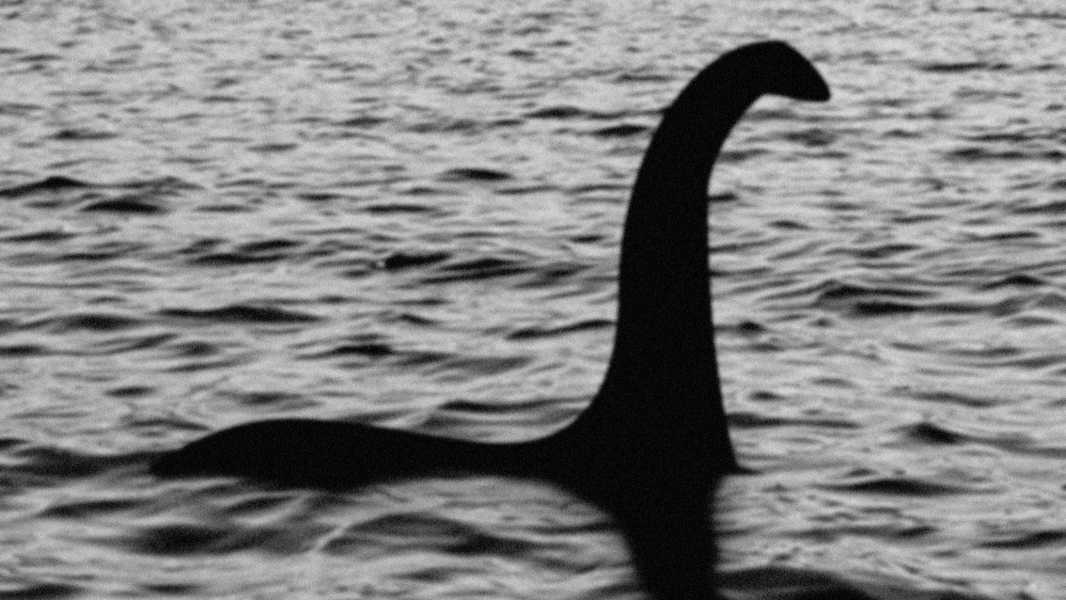
A modern take on the famous hoax photograph of the Loch Ness Monster, taken in 1934. (Image credit: Matt84 via Getty Images)
Hundreds of monster hunters are gathering at Loch Ness this weekend for what organisers say will be the biggest attempt to find Nessie in half a century, although don't expect to see the beast.
The Loch Ness Centre, a tourist attraction in Scotland, earlier this month announced it was recruiting “budding monster hunters” to explore Loch Ness on August 26 and 27 as part of what it called a “giant surface observation.”
A spokesperson for the Loch Ness Centre told Live Science that more than 200 people have signed up to participate in the search in person, with hundreds more set to participate virtually. The centre promises that the event will be the “largest of its kind” since a group called the Loch Ness Research Bureau conducted its survey in 1972. However, scientific research suggests that there is nothing monstrous lurking beneath the waters.
A 2019 scientific analysis of Loch Ness DNA found no traces of “monster DNA” to support the myth. However, researchers did find large amounts of eel DNA and were unable to rule out the possibility that overgrown eels were behind the sightings. Loch Ness is also low in nutrients and likely could not support large, unknown predators like the massive ancient reptile, as Live Science previously reported.
The legend of the Loch Ness Monster goes back centuries, but this year marks 90 years since the famous Nessie sighting in 1933. Aldie Mackay, manager of the then Drumnadrochit Hotel, now the Loch Ness Centre, played a key role in reviving interest in Nessie, reporting seeing a “whale-like fish” or “water monster” in the loch.
Despite the lack of conclusive evidence of the legendary monster’s existence, Nessie has become world famous and the loch remains a popular tourist destination. This weekend, the Loch Ness Centre is running a variety of events as part of its search, including 90-minute “Premium Deepscan Cruises,” where paying customers can join Nessie hunters using a hydrophone to “listen to sounds in the depths of the loch,” according to a statement.
The visitor center says it will also have surveying equipment that has not been used on the lake before, including thermal drones with infrared cameras to detect heat in the water. Meanwhile, volunteers monitoring the surface will be asked to keep an eye out for “breaks in the water and any unexplained movements,” according to the statement. While in-person volunteers are already fully booked, people can still join the search from home by logging into the lake’s live feed.
“This weekend provides a unique opportunity to explore the waters like never before and we are excited to see what we discover,” said Loch Ness Discovery Centre general manager Paul Nixon in a statement.

Patrick PesterNavigate Social LinksPopular News Author
Patrick Pester is a well-known news writer for Live Science. His work has appeared in other science publications such as BBC Science Focus and Scientific American. Patrick
Sourse: www.livescience.com





